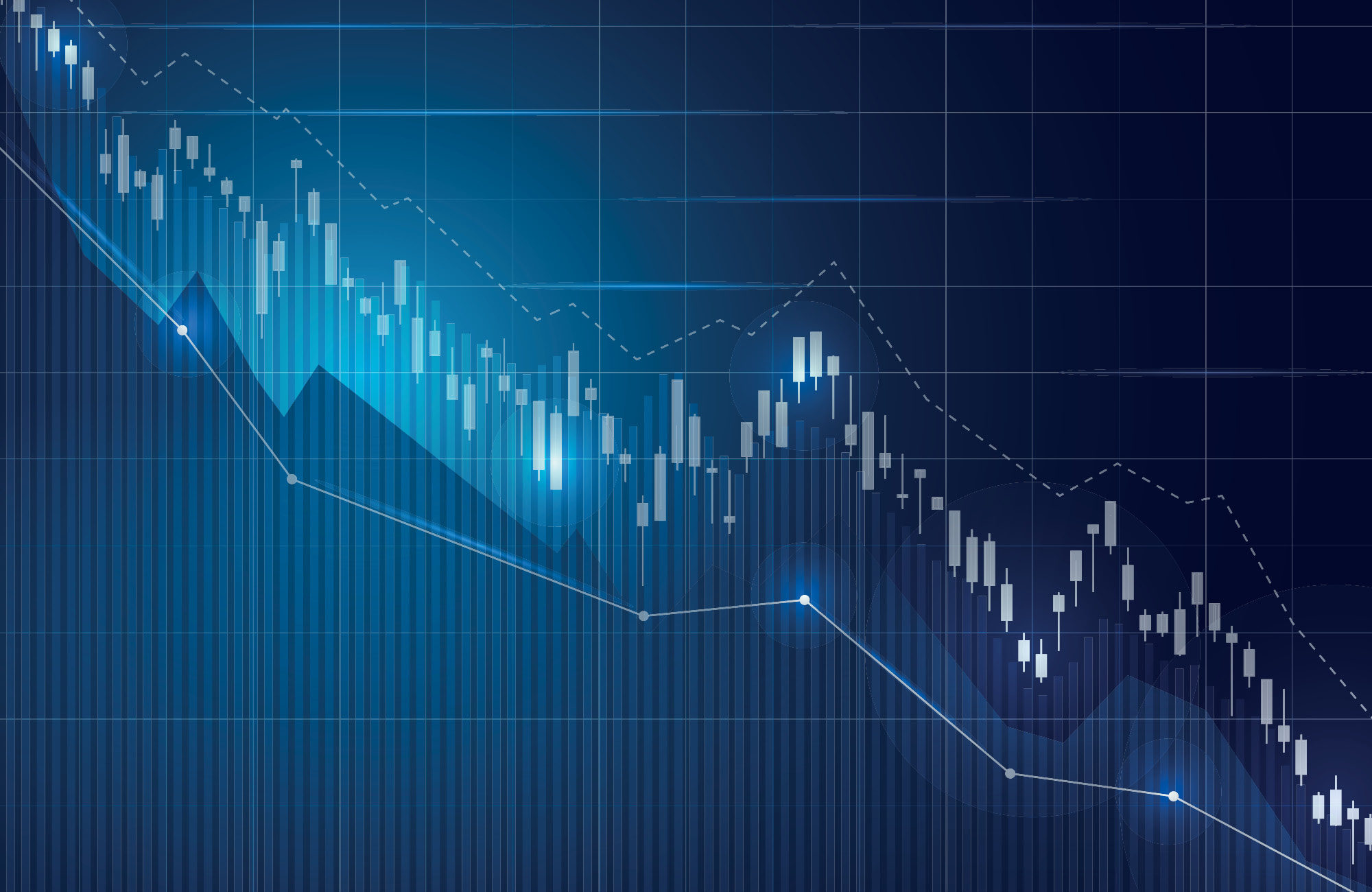
Mortgage Market Update
Today’s Mortgage Market Update
Slight Dip in U.S. 30-Year Mortgage Rates
-
The average interest rate for a 30-year fixed-rate conforming mortgage has edged down to 6.599%.
-
This modest decline comes amid heightened market volatility, with inflation data contributing to this fluctuation.
Rates Still Elevated—but Cooling
-
Bankrate reports the average 30-year fixed rate at 6.71%, and the 15-year fixed at 5.87% Bankrate—slightly higher than the recent dip but consistent with the current high-rate environment.
-
Despite elevated costs, signs of a cooling housing market are emerging, hinting at growing buyer leverage.
U.S. Homeowners Lean into Cash-Out Refinancing
-
Cash-out refinances surged in Q2 2025—now accounting for roughly 60% of all refinance activity—as homeowners tap into rising equity.
-
On average, homeowners pulled out $94,000, increasing their monthly payment by around $590 and incurring rates about 1.45 percentage points higher.
-
This trend reflects record-high equity levels—with the median U.S. home price reaching $435,500, and total tappable equity reaching $11.6 trillion.
Mortgage Market Update: Expert Tips & Takeaways
Market Watch
-
Keep an eye on upcoming inflation data and Fed signals—these will likely influence mortgage rate direction in the short term.
For Buyers
-
Monitor daily rate movements—today’s dip below 6.6% could offer some leverage for rate locks.
-
Shop across lenders—small differences in points or rates can lead to significant savings.
_________________________________________________________________________________
What Buyers Should Do Right Now
-
Act Quickly on Dips: Small drops—like today’s—can mean thousands saved over the life of a loan.
-
Compare Multiple Lenders: Even a 0.1% rate difference can significantly reduce monthly payments.
-
Get Pre-Approved: A pre-approval locks in your rate for a set time and strengthens your offer in a competitive market.
Equity Strategies for Homeowners
Cash-out refinancing is on the rise, with homeowners pulling an average of $94,000 from their home equity. But rates for these loans are about 1.45 percentage points higher than standard refinances.
Smart moves if you’re considering a cash-out refinance:
-
Run the Numbers: Higher monthly payments (+$590 on average) may offset short-term cash benefits.
-
Explore Alternatives: HELOCs or home equity loans may offer more flexible terms.
-
Think Long-Term: Use tapped equity for value-building purposes—such as home improvements or debt consolidation—not short-term splurges.
For Homeowners Considering Cash-Out Refinancing
-
Understand both short- and long-term costs: higher monthly payments and interest rates may outweigh equity benefits.
-
Compare alternatives like HELOCs, which may provide lower rates or more flexible terms
______________________________________________________________________________________________________________________________________
Key Trends to Watch
-
Fed Policy Signals: Any hint of rate cuts or hikes could shift mortgage rates within days.
-
Inflation Data: Slowing inflation tends to ease borrowing costs, while unexpected spikes push rates up.
-
Housing Market Leverage: Cooling market conditions may give buyers more negotiating power this fall.
Mortgage rates slipped slightly to 6.599%, even as national averages hover near 6.7%. Rising inflation and market volatility are at play. Meanwhile, homeowners are increasingly opting for cash-out refinance strategies, tapping into substantial equity—but with higher monthly costs and interest rates.

Mortgage-World
Comments are closed.